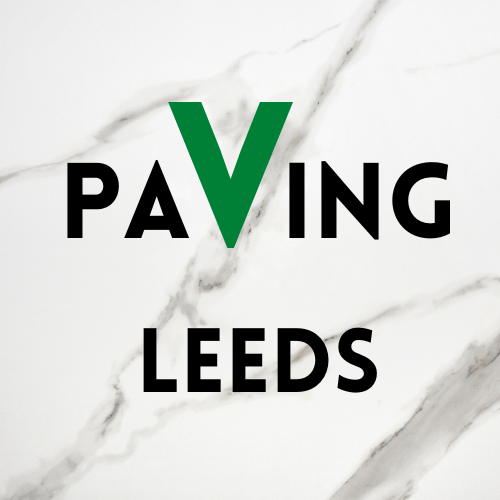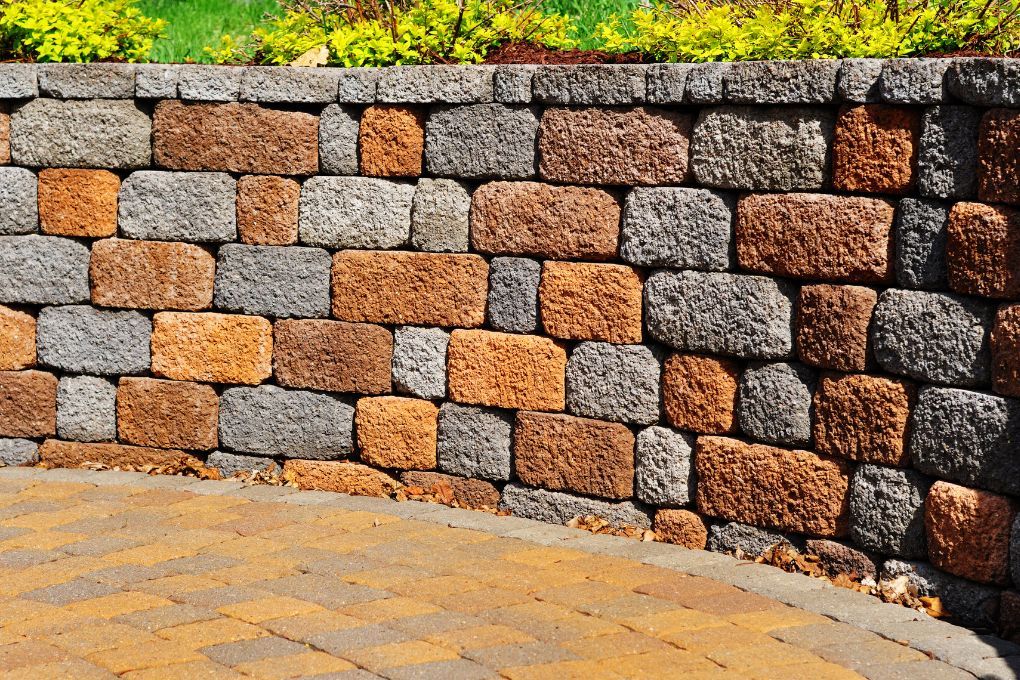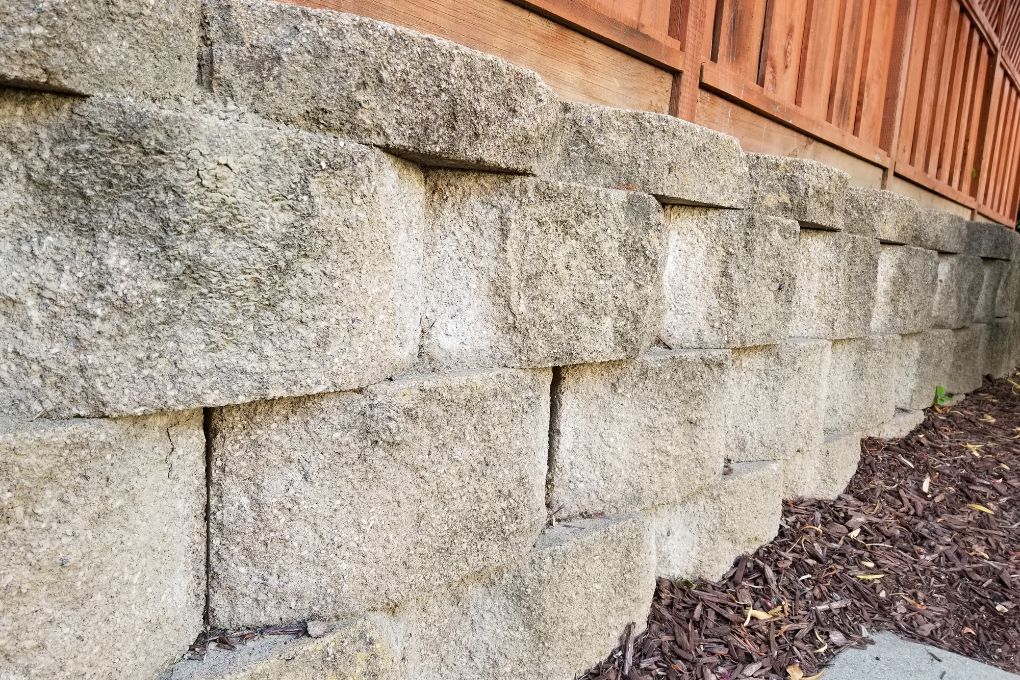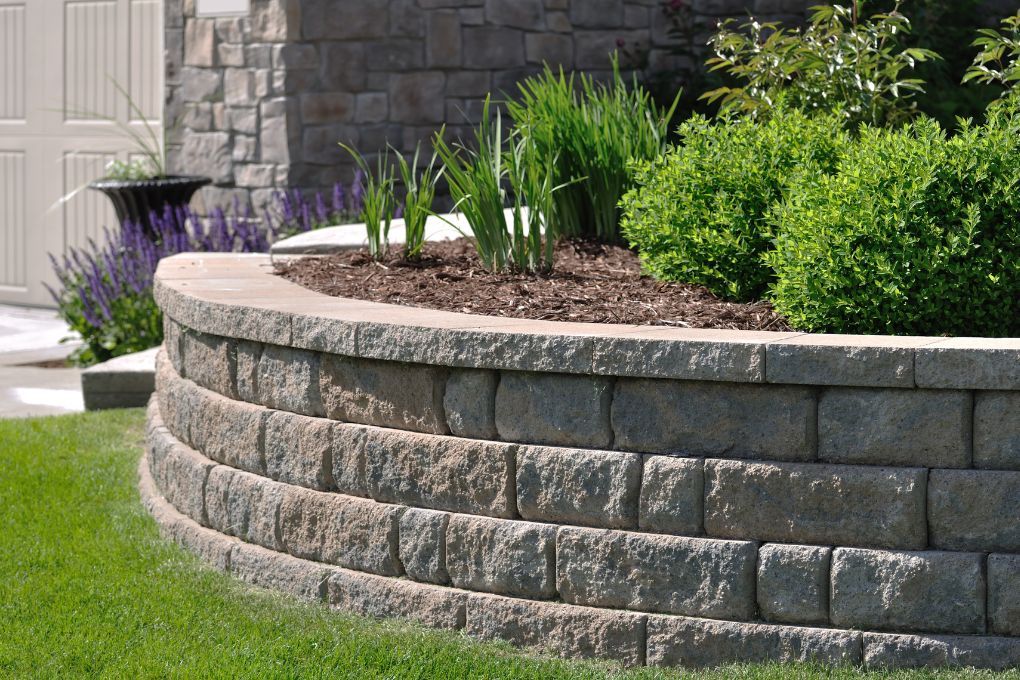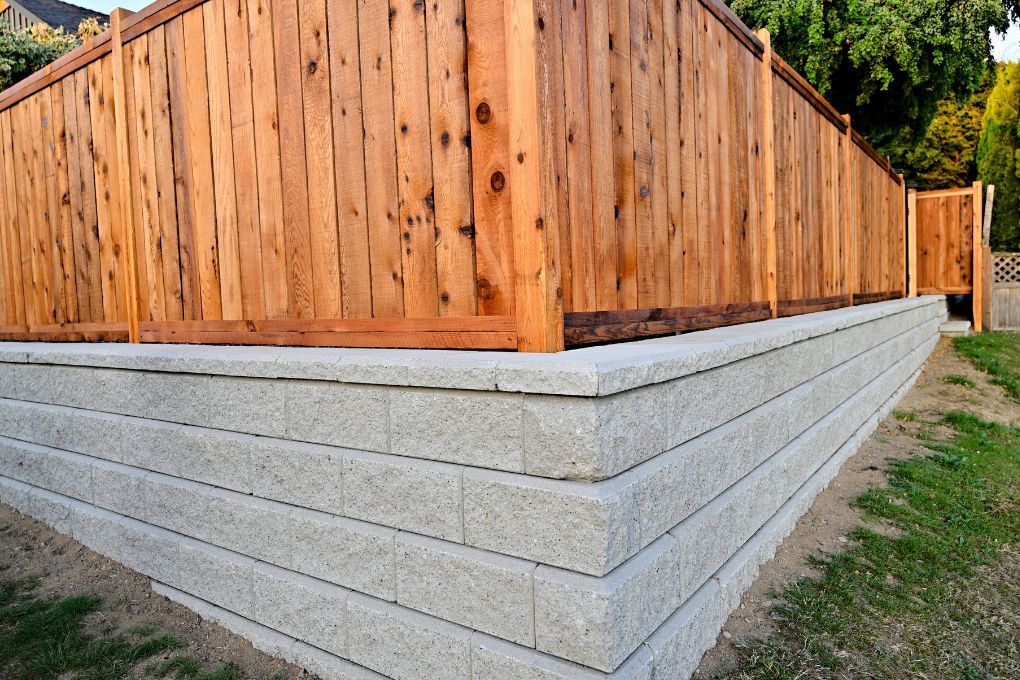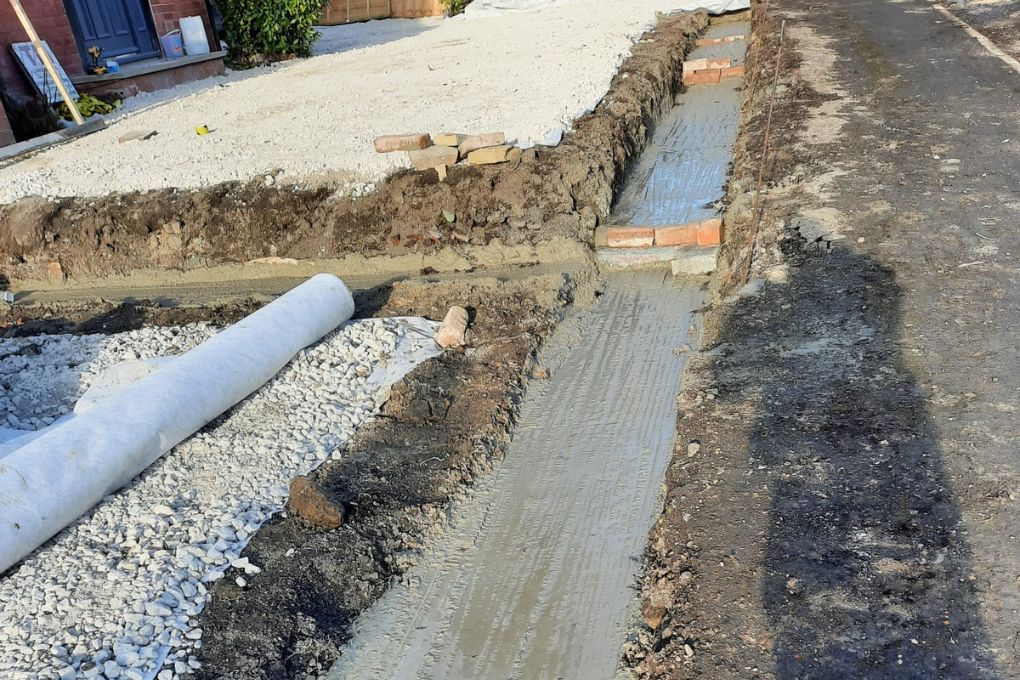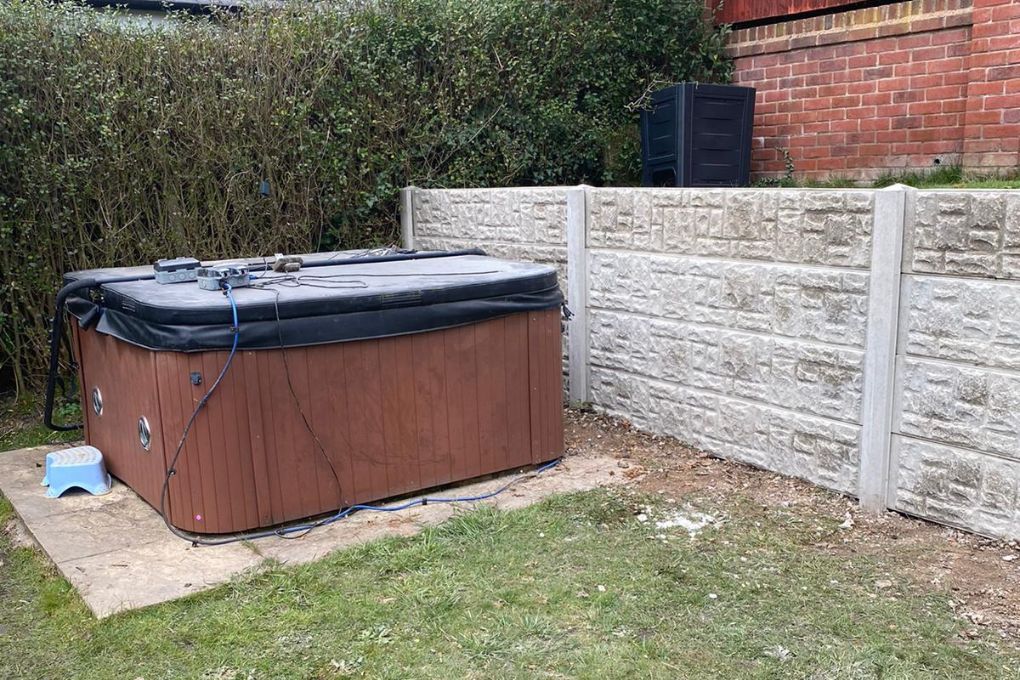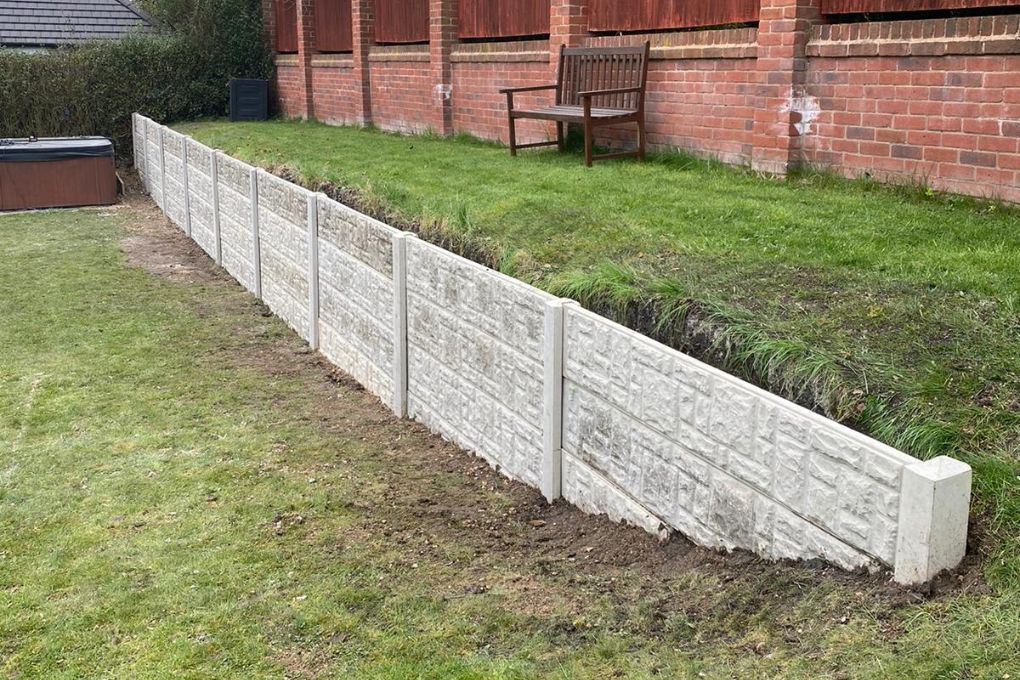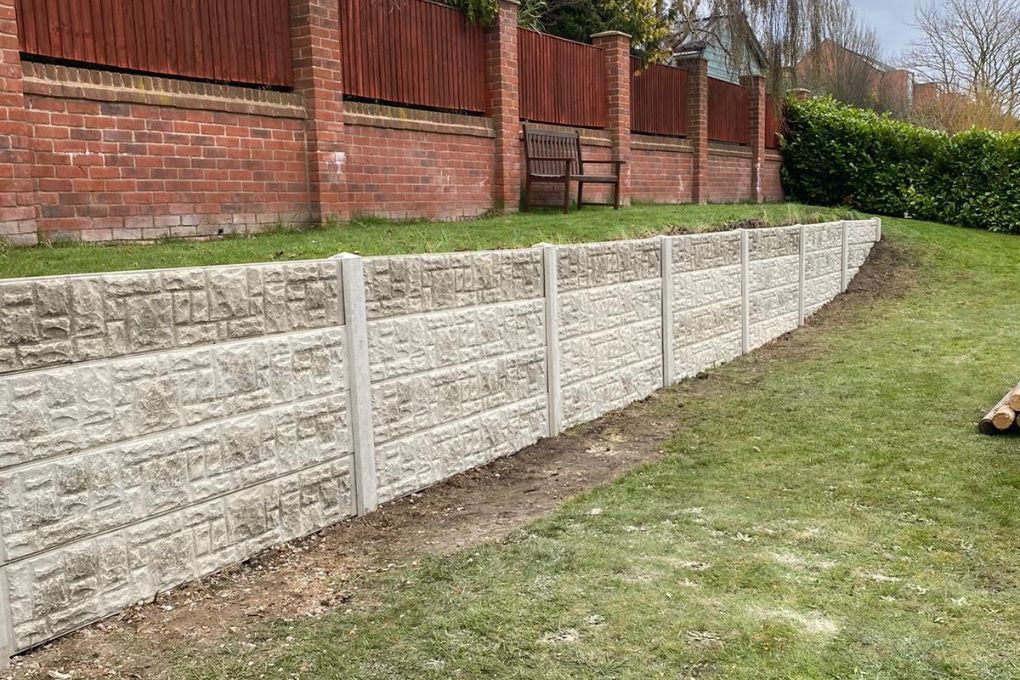Most decorative retaining walls will be found in gardens all around Leeds. As a
garden wall builder most walls will end up having some retaining function as the ground or introduced soil forces pressure on its containing walls.
There are many types of material that are capable of holding soils that can be used to construct retaining walls. Some of these include concrete, stone, brick,
block, precast panels, poured-in-place panels, steel, wood, plastic and fiberglass. Depending on the type of retaining wall you wish to build, there are a variety of materials that could work best for you. For lighter loads a
paving slab retaining wall or
gravel board retaining wall can be quicker to build due to the larger size of each slab or board.
The cost of
building a retaining wall depends largely on how much it is built out of, the height of the wall, the length of the wall, the weight of the wall, and the amount of
landscaping that needs to be done around the base of the wall.
Timber sleepers are a popular alternative choice for replacing bricks or
stones in your garden. They add a natural look to your garden will last very long if properly treated and are great low cost option for retaining walls lower than 4ft.
Natural Stone retaining walls look very natural and stylish but cost more in materials and will generally come is smaller sizes than concrete blocks meaning more need to be fitted increasing labour costs too.
Gabion Walls can be used purely decoratively or as a retaining wall. You've probably seen many of these but didn't realise it had a specific name. Gabion is derived from the Italian word ‘gabbione'
which translates to 'big cage'. These cages or baskets are simple constructed from very strong steel wire. The are set in place and then filled with the stones of your choice to provide a fee standing and mortar free wall.
